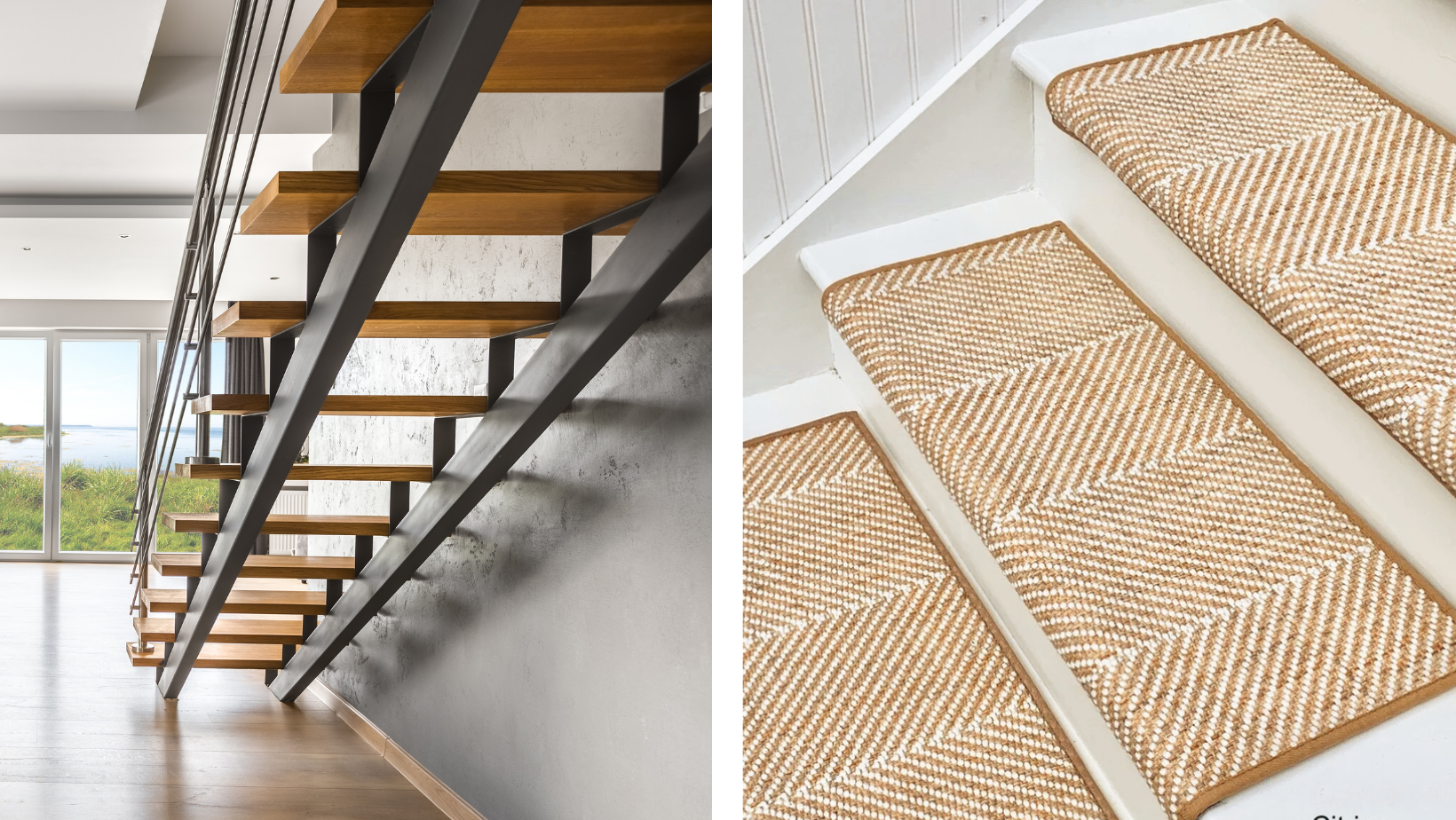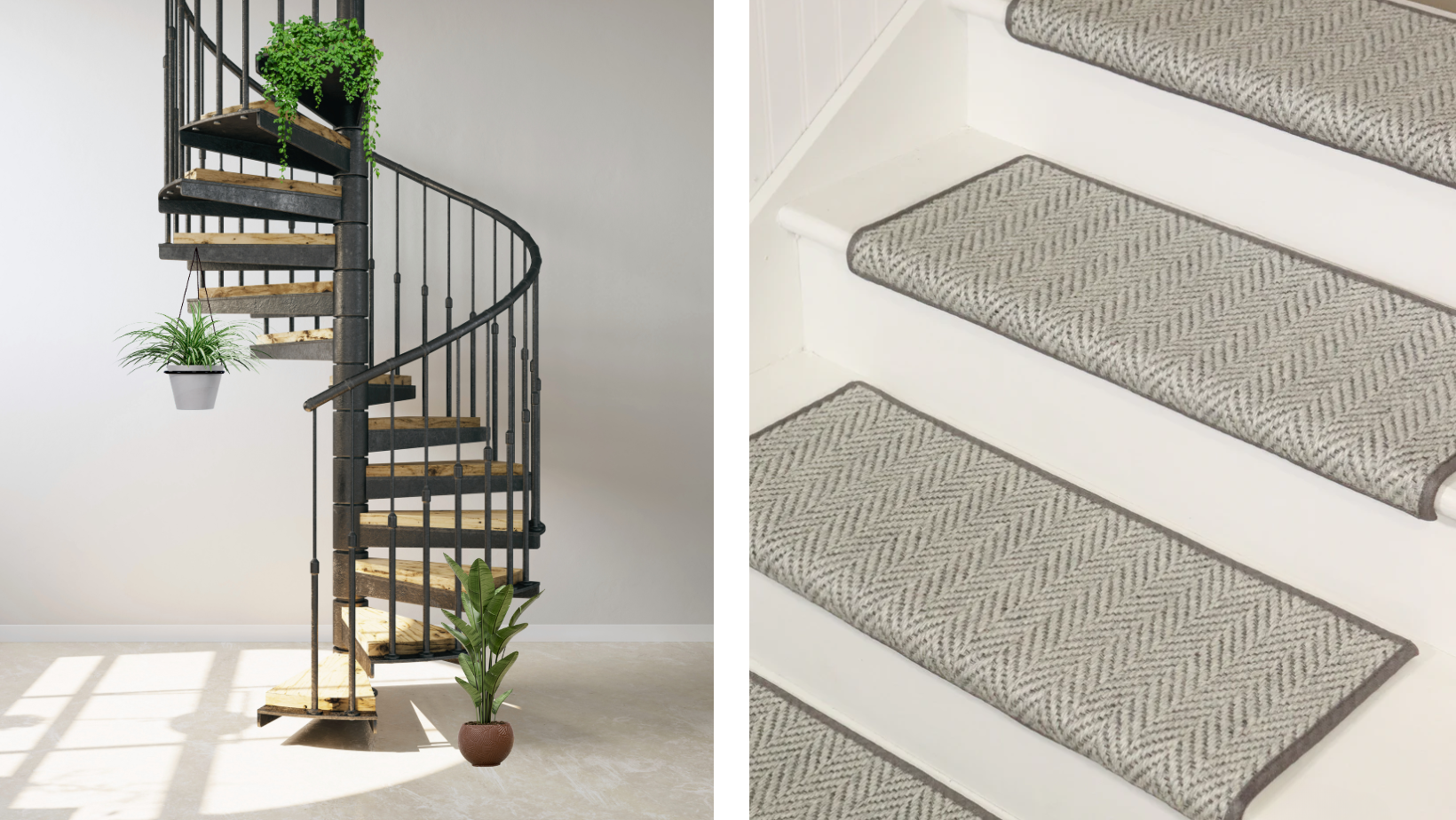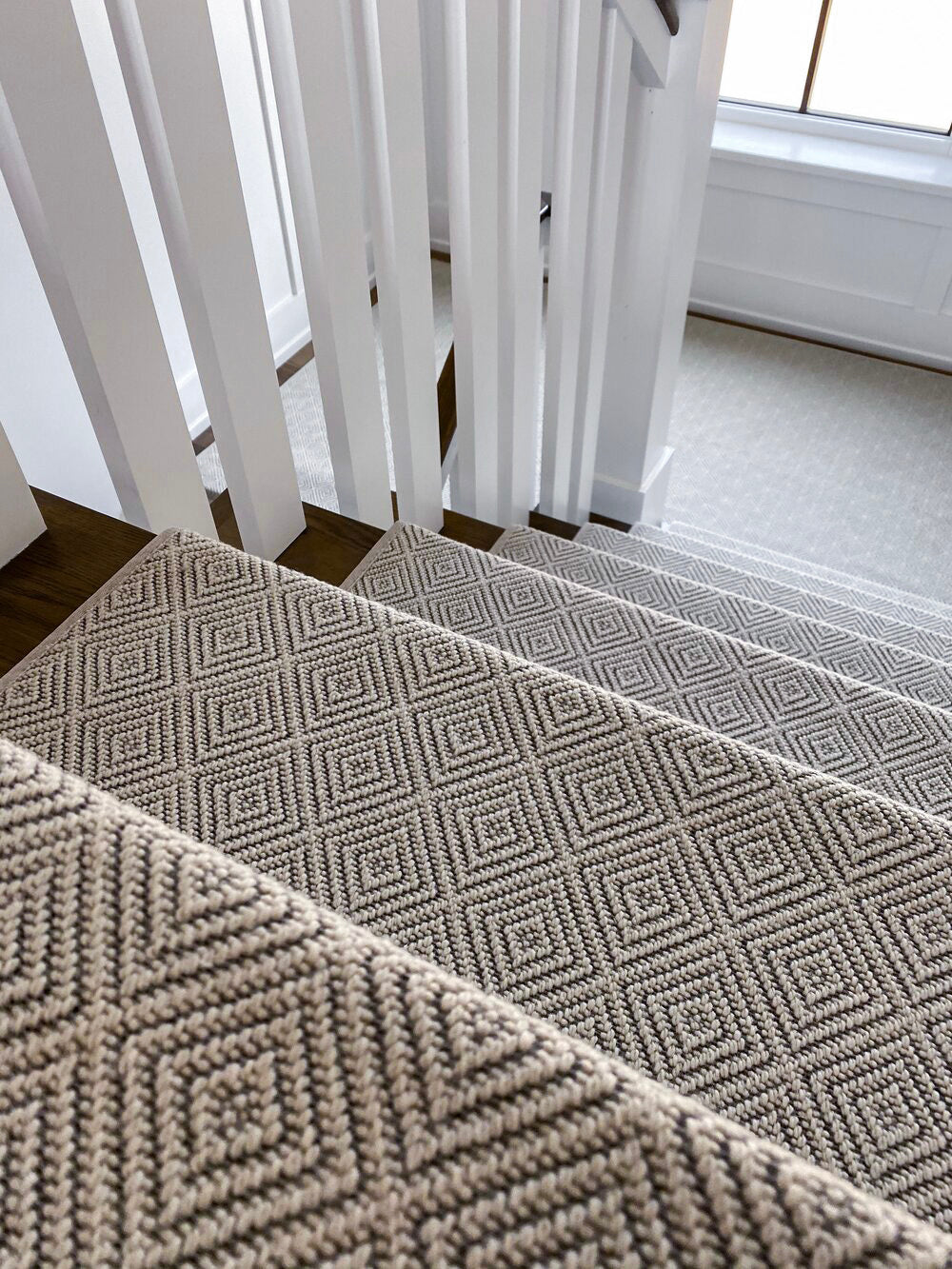Refinishing your stairs? You may be wondering, can you use polyurethane on stairs?
Yes, polyurethane is an excellent choice for protecting and enhancing wooden stairs, providing durability, scratch resistance, and a beautiful finish.
However, proper application is essential to ensure longevity and maintain the integrity of your staircase.
In this guide, you’ll learn the best techniques for applying polyurethane, including how many coats are needed and how to prevent common mistakes.
We’ll also cover ways to protect surrounding areas and whether to remove carpet stair treads before applying polyurethane.
Follow these expert tips to achieve a flawless, long-lasting finish for your stairs.
Why Polyurethane is the Best Finish for Wooden Stairs
When finishing wooden stairs, the type of finish you choose will determine how well they hold up to daily foot traffic, scuffs, and moisture exposure.
Polyurethane stands out as a preferred choice for wooden stairs due to several key benefits.
1. Exceptional Durability and Protection
Stairs experience heavy foot traffic, making them prone to wear and tear.
Polyurethane provides a protective layer that shields wooden stairs from scratches, dents, and moisture damage.
Without this protective finish, wood can deteriorate more quickly, leading to costly repairs or refinishing down the line.
Polyurethane is particularly effective in homes with pets or children, as it helps prevent accidental damage from claws, spills, or rough use.
2. Enhancing the Natural Beauty of Wood
A significant advantage of using polyurethane is that it enhances the natural grain and texture of wood.
Whether your stairs are made of oak, maple, or pine, polyurethane highlights the richness of the wood, adding depth and elegance.
Additionally, polyurethane comes in various finishes, including:
-
Glossy: Adds a high-shine, reflective surface that makes wood look sleek and polished.
-
Semi-gloss: A balance between shiny and matte, providing a subtle sheen.
-
Satin: A soft, smooth finish that minimizes glare while still enhancing wood’s beauty.
-
Matte: Offers a more natural appearance without shine.
Choosing the right finish depends on your personal style and how much shine you prefer on your wooden stairs.
3. Resistance to Wear and Tear
Over time, foot traffic, dirt, and cleaning chemicals can wear down the surface of unprotected wood.
Applying polyurethane ensures that your stairs remain in excellent condition by resisting:
-
Scuff marks and scratches from shoes and furniture.
-
Stains from spills that could otherwise seep into unsealed wood.
-
Moisture damage, which can cause warping or discoloration.
Polyurethane forms a tough barrier that keeps stairs looking new for longer, reducing the need for frequent refinishing.
How to Prepare Wooden Stairs for Polyurethane Application
Before applying polyurethane, proper preparation is crucial for achieving a smooth and long-lasting finish.
1. Sanding the Surface for a Smooth Finish
Sanding removes any imperfections, old finish, or rough patches on the wood.
Follow these steps:
-
Use medium-grit sandpaper (120-150 grit) to smooth the surface.
-
For a finer finish, go over the stairs again with fine-grit sandpaper (220 grit).
-
Ensure you sand in the direction of the wood grain to avoid scratches.
2. Cleaning and Removing Dust
After sanding, it’s important to remove all dust and debris before applying polyurethane.
Leftover dust can cause bubbles or an uneven finish.
-
Use a vacuum or damp cloth to clean the surface.
-
A tack cloth works well to pick up fine dust particles.
3. Applying Wood Conditioner for Even Absorption
Some woods, such as pine, absorb polyurethane unevenly, leading to blotchy results.
Applying a wood conditioner helps achieve a uniform finish.
-
Apply a thin layer and let it dry according to the manufacturer’s instructions.
-
This step is optional for hardwoods like oak but recommended for softer woods.
How to Apply Polyurethane on Wooden Stairs
Now that your stairs are prepped, it’s time to apply polyurethane.
Proper application ensures an even, professional finish that enhances durability.
1. Choosing the Right Type of Polyurethane
There are two main types of polyurethane to choose from:
-
Water-Based Polyurethane: Dries quickly, has a low odor, and provides a clear finish.
-
Oil-Based Polyurethane: Takes longer to dry but offers a richer, slightly warmer tone.
For DIY projects, water-based polyurethane is recommended due to its fast drying time and ease of use.
2. Using Brushes or Rollers for Application
-
A high-quality synthetic brush is best for detailed edges and corners.
-
A foam roller is ideal for covering large, flat areas.
-
Apply polyurethane in thin, even coats, following the natural grain of the wood.
3. Ensuring Even Coating and Coverage
-
Avoid overloading your brush or roller to prevent drips and streaks.
-
Allow each coat to dry fully before adding the next layer.
-
Lightly sand between coats using fine-grit sandpaper (320 grit) for a smooth finish.
4. How Many Coats of Polyurethane on Stair Treads?
A common question homeowners ask is, how many coats of polyurethane on stair treads are necessary?
For best results:
-
Two to three coats provide good protection while maintaining the natural look of wood.
-
If your stairs receive heavy traffic, consider applying four coats for added durability.
Protecting Stairs and Carpet Stair Treads During Polyurethane Application
When applying polyurethane, protecting surrounding areas is just as important as the application itself.
1. Using Masking Tape and Drop Cloths
-
Apply masking tape to edges and adjoining surfaces to prevent unwanted polyurethane stains.
-
Lay down drop cloths to catch drips and spills, especially if you have carpeted areas nearby.
2. Removing Carpet Stair Treads Before Application
If your stairs have carpet stair treads, it’s best to remove them before applying polyurethane.
This ensures an even, uniform finish underneath.
However, if the carpet stair treads are permanent, carefully apply polyurethane around them using a small brush to avoid excess buildup.
3. Applying Polyurethane with Precision to Avoid Drips
Drips and uneven application can ruin the final look. To avoid this:
-
Work in a well-ventilated area to allow for proper drying.
-
Use thin, controlled strokes rather than heavy applications.
For humid conditions, an air cooling spray can help regulate drying speed.
Stepping It Up
Polyurethane is the best finish for wooden stairs, offering durability, protection, and enhanced beauty.
By following the correct preparation and application steps, you can achieve a smooth, professional finish that lasts for years.
If you’re looking to improve both the safety and aesthetics of your staircase, consider adding carpet stair treads for extra comfort and slip resistance.
Shop Oak Valley Designs' Carpet Stair Treads Today!
Visit Oak Valley Designs to explore premium carpet stair treads designed for style, safety, and durability.
Contact Oak Valley Designs:
-
Website: https://oakvalleydesigns.com/
-
Phone: 706.331.0315
-
Email: info@oakvalleydesigns.com
-
Address: 30 River Ct SW Bldg E Cartersville, Ga 30120




